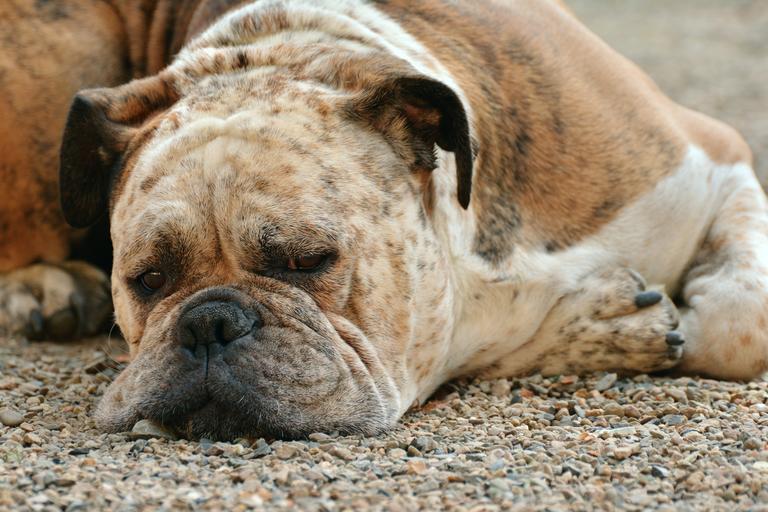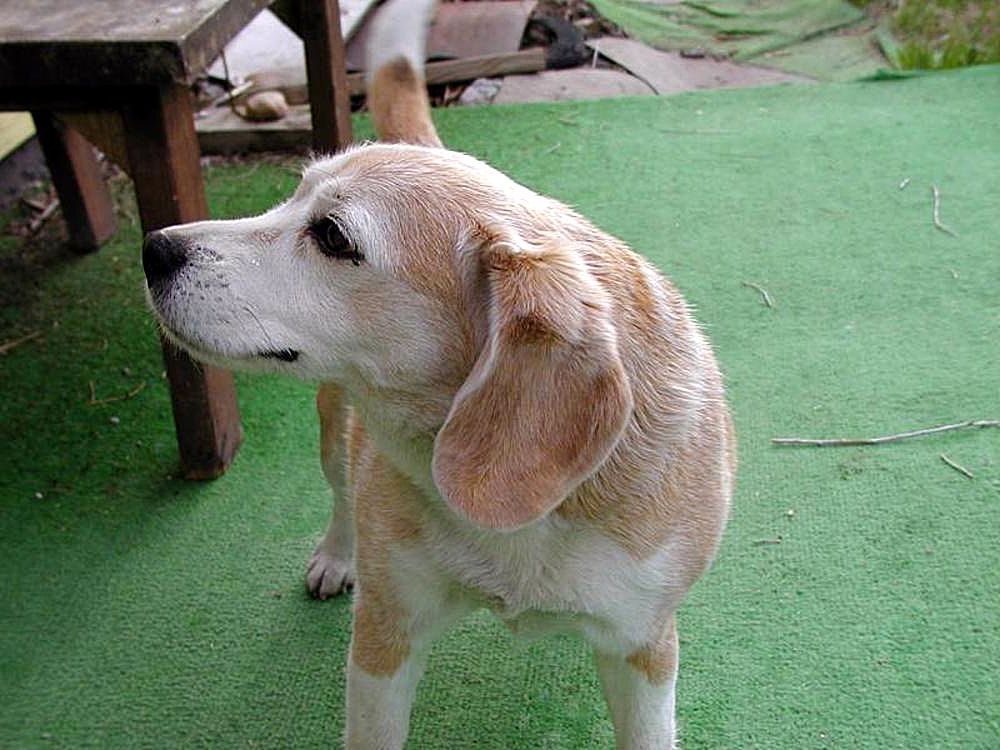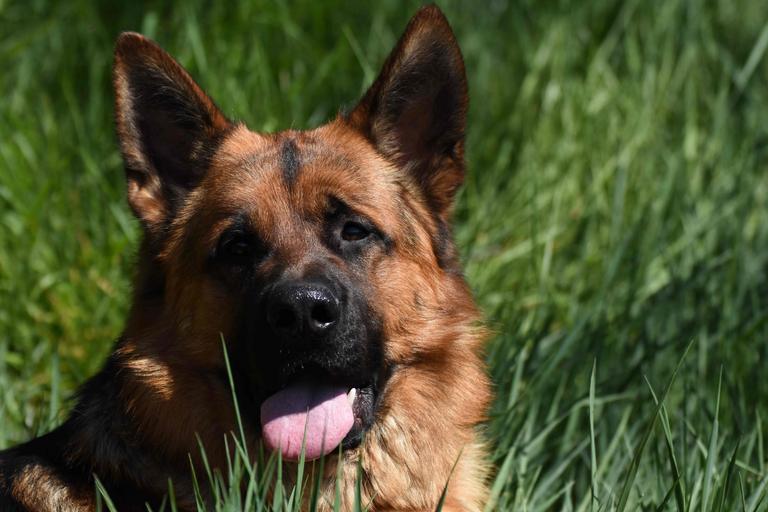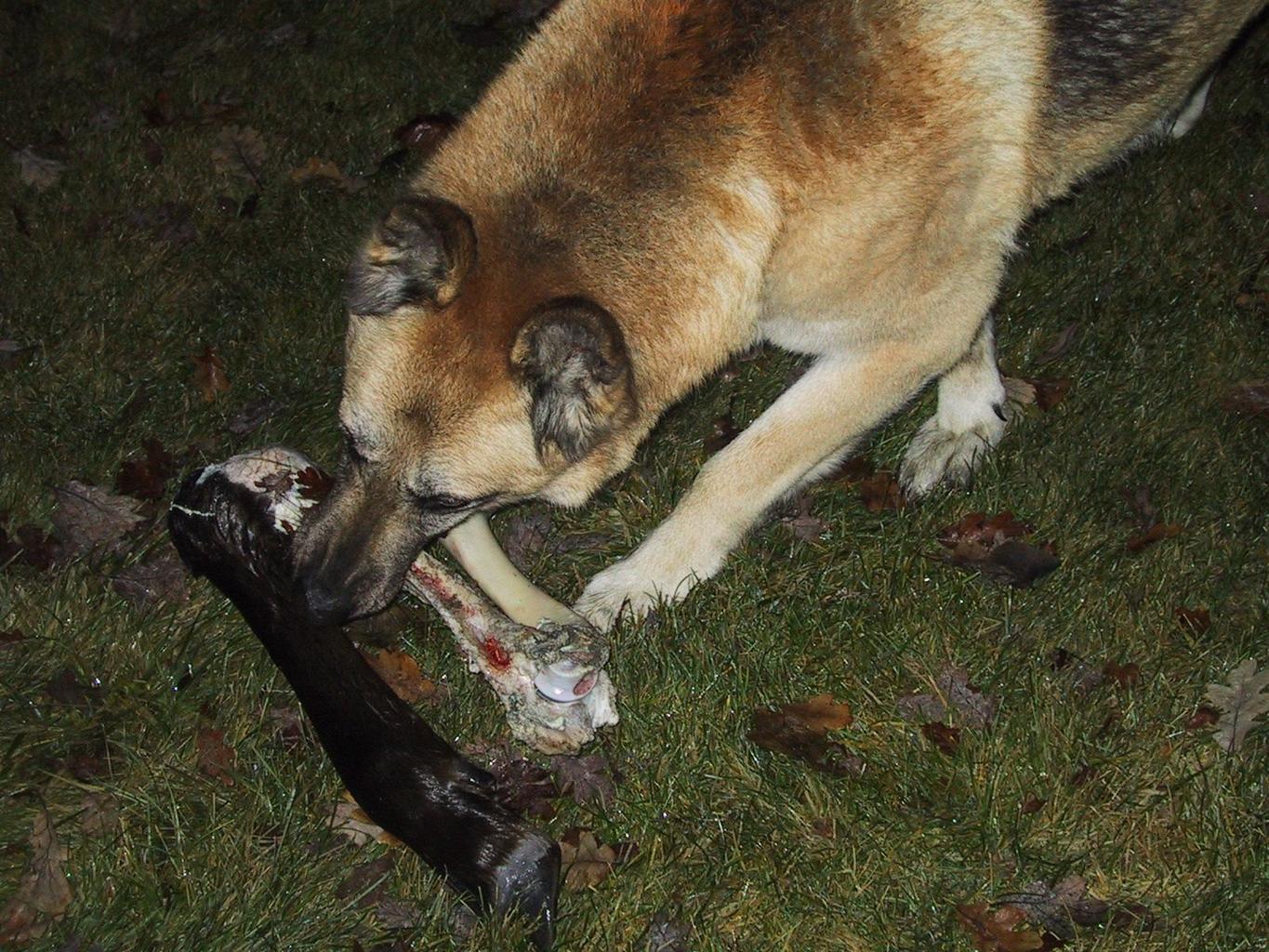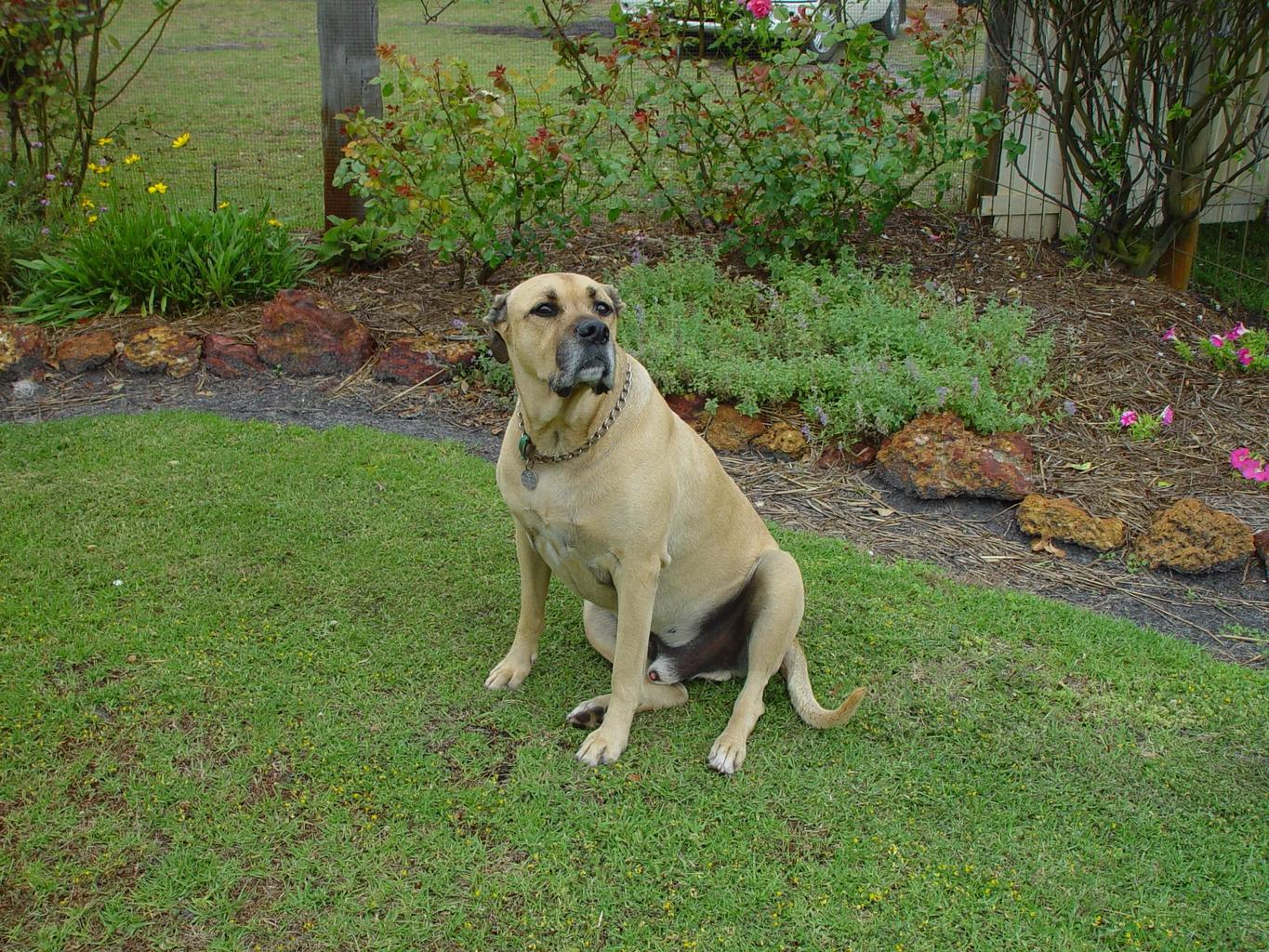Woof woof! If you’re a dog owner who loves to take your furry friend on a run or hike, it’s important to make sure they’re properly fueled up after their workout. Just like us humans, dogs need the right nutrients to recover and stay healthy. In this ultimate guide to post-workout doggy dining, we’ll share some tips and tricks for feeding your pooch after a workout. Get ready to wag those tails and dive in!
Woof-tastic! Fuel Up Your Pooch After a Workout
After a strenuous workout, your dog needs to replenish their energy levels. One of the most important things you can do is provide them with plenty of fresh water. Dogs can get dehydrated just like we can, and it’s important to make sure they have access to clean water at all times. You can also consider adding some electrolyte supplements to their water bowl to help them recover from their workout.
Another important nutrient your dog needs after a workout is protein. Protein helps repair and rebuild muscles, which is essential for any active dog. You can provide protein through a variety of sources, such as lean meats like chicken or turkey, eggs, or even high-quality dog food that contains plenty of protein. Just be sure to avoid feeding your dog too much fat, as it can lead to digestive issues.
Finally, don’t forget about carbohydrates! Dogs need carbs to fuel their energy levels, and they can be especially important after a long and intense workout. You can provide carbs through foods like sweet potatoes, brown rice, or even some fruits like bananas or apples. Just be sure to feed your dog in moderation, as too many carbs can lead to weight gain and other health issues.
Chow Time! The Ultimate Guide to Post-Exercise Doggy Dining
When it comes to feeding your dog after a workout, there are a few important things to keep in mind. First, make sure you’re feeding them at the right time. Ideally, you should wait at least 30 minutes to an hour after their workout to feed them. This will allow their body to cool down and start the recovery process.
Next, be mindful of portion sizes. Depending on the size and activity level of your dog, they may need more or less food than you think. It’s always best to consult with your veterinarian about what kind of diet is best for your individual dog.
Finally, consider adding some supplements to your dog’s diet to help with recovery. Omega-3 fatty acids, for example, can help reduce inflammation and improve joint health. You can find these supplements in the form of fish oil capsules or even some dog foods that contain added omega-3s.
With these tips and tricks, you can ensure that your furry friend is properly fueled up after their workout. Remember to always consult with your veterinarian about the best diet and supplements for your individual dog. Happy exercising and happy dining!
Thanks for reading this woof-tastic guide to post-workout doggy dining. We hope you found these tips helpful and that your furry friend is wagging their tail in appreciation. Happy exercising and happy eating!
